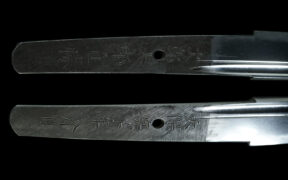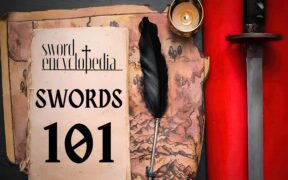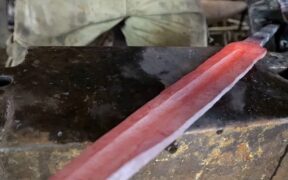Everything You Need to Know About Mei Signature on Blades
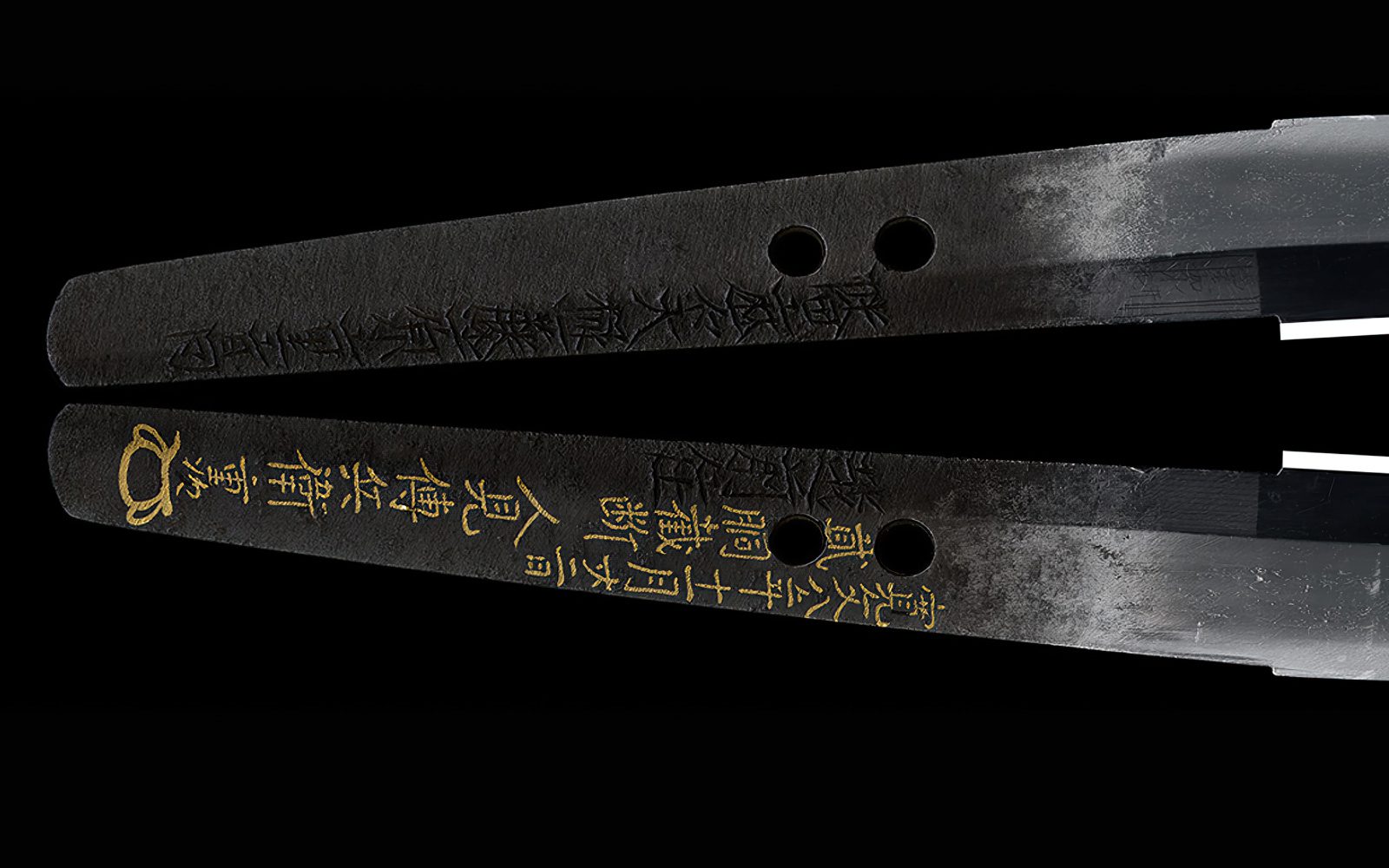
The mei, an inscription or signature on a Japanese sword tang, typically displays the swordsmith’s name and other information about the sword. However, not every Japanese blade bears a signature, as a swordsmith only inscribes those that meet standards. Additionally, the owner of a new sword may request the inclusion of their mei and other details.
What Exactly Is a Mei?
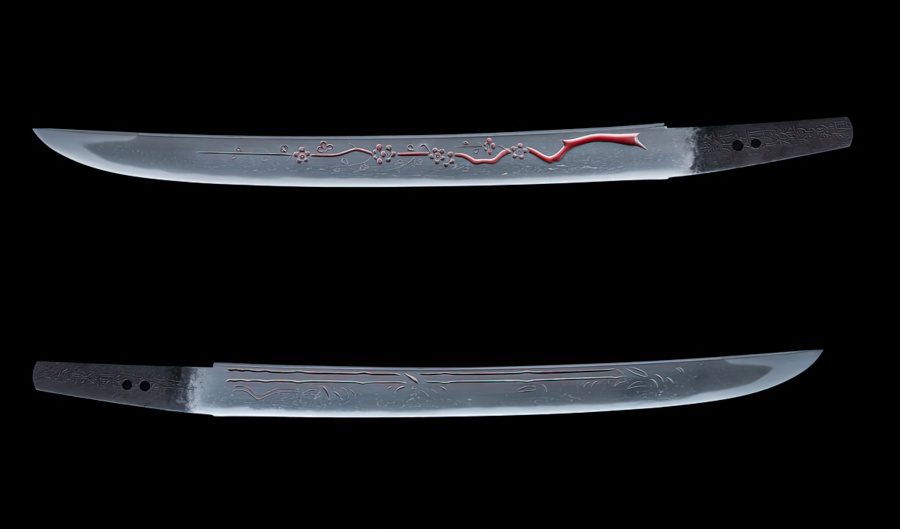
The mei (銘) may include only the swordsmith’s name or other details such as the smith’s title, place of residence, and manufacturing date. In some cases, it may even feature the sword owner’s mei, the name of the person who ordered the sword, and other information about their family.
There are several types of mei used in historical swords. In Japanese sword appraisal, the signature is crucial as it not only identifies the swordsmith, but can also help in dating the blade.
Organizations like NTHK and NBTHK conduct formal appraisal (shinsa) on Japanese blades, and those that bear false signatures may not pass shinsa. Since false signatures or forgeries are common, the blade’s authenticity should not be based solely on its mei.
The Mei on Custom-Made Japanese Swords
The mei or signature is carved into the tang of Japanese blades. When ordering custom-made blades, the owner may request the inclusion of their mei—an inscription featuring their name and other information about their family. An owner’s mei is typically inscribed on the back, inside, or reverse side of the tang, while a swordsmith’s signature is on the outside or front side. For example:
- Tachi – Worn with its cutting edge down and suspended from the belt, the owner’s mei is typically located on the tang side facing the wearer
- Katana – Worn with its cutting edge up and threaded through the belt, the owner’s mei is typically found on the tang side facing the wearer.
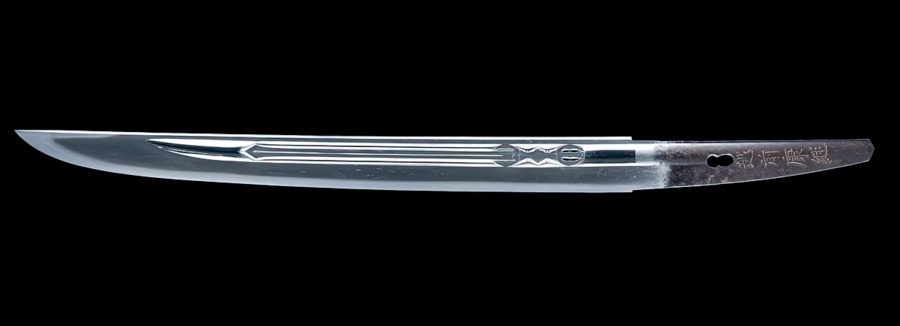
On the other hand, the swordsmith’s signature is typically placed on the outer or front side of the blade when the sword is worn. A swordsmith can use various mei, typically including their name, title, and address. Signatures vary from one swordsmith to another and may appear in either cursive script or block-like printed styles.
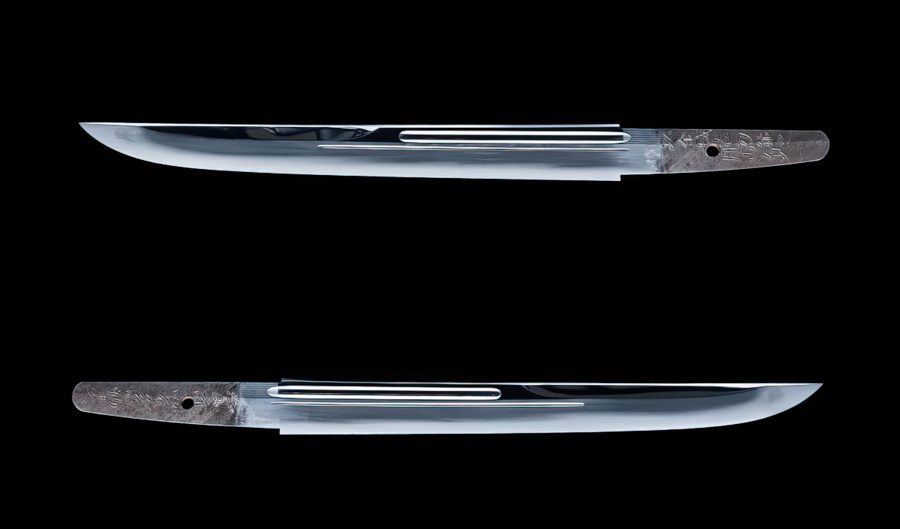
For instance, master swordsmith Yoshindo Yoshihara simply uses the following:
- His name, ‘Yoshindo’ in two characters
- ‘Yoshindo saku’ (made by Yoshindo)
- ‘Kokaji Yoshindo’ (swordsmith Yoshindo)
- ‘Takasago ju Yoshindo’ (made by Yoshindo living in Takasago)
When the date of manufacture is included, it is often inscribed on the reverse or back side of the tang.
Inscribing the Mei Onto the Tang
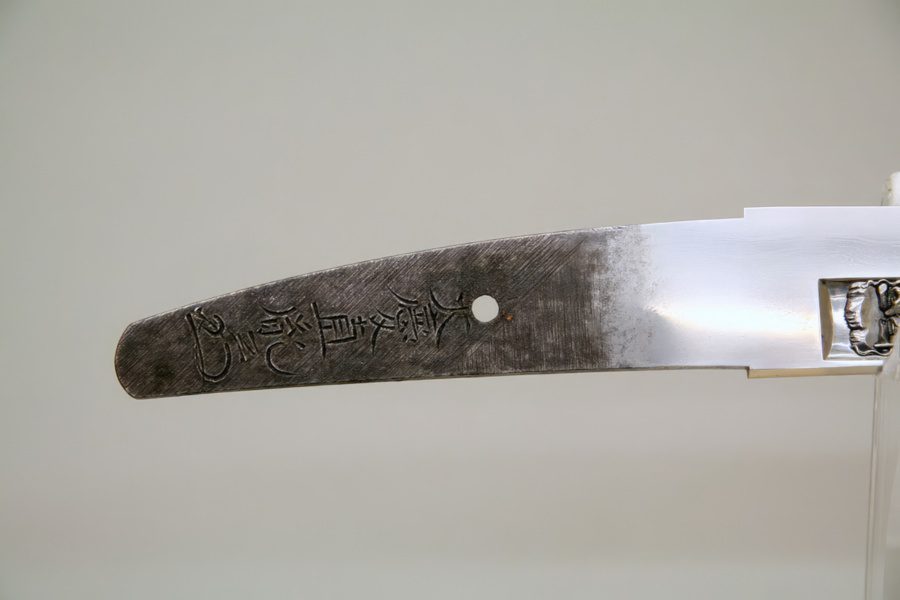
The mei or signature is inscribed on the tang after the swordsmith finishes the yasurime (file marks) and the mekugi-ana (rivet hole). After deciding what to write, the swordsmith brushes the inscription on the tang in red ink. The mei is then carved using a chisel and hammer, closely following the inked guide.
The swordsmith must ideally be skilled in calligraphy and follow the inked inscription precisely to create a permanent mei. A unique signature can be created using a fine or thick chisel and a light or heavy hammer. Also, the number of chisel strokes per inch can vary. These details, along with a swordsmith’s individual calligraphy, produce a distinctive signature.

